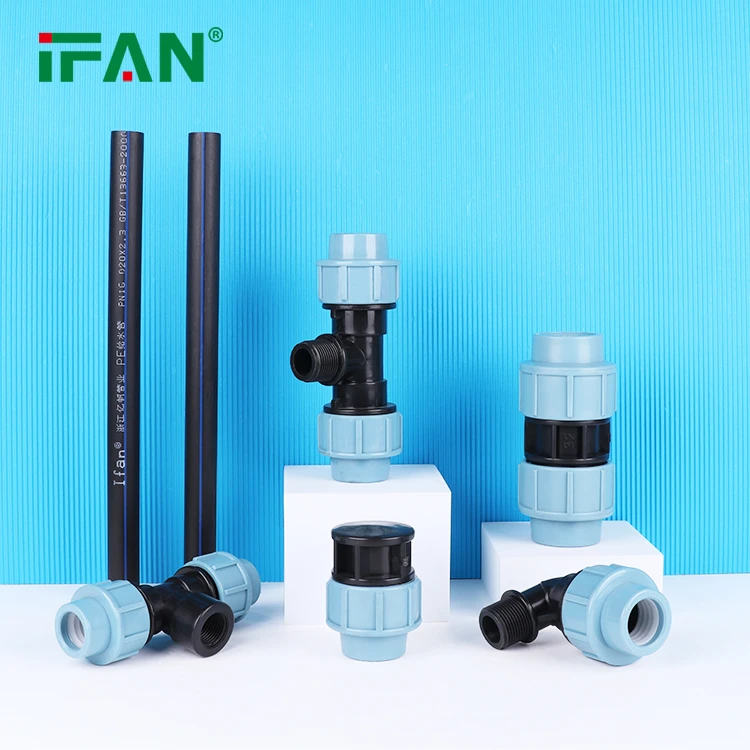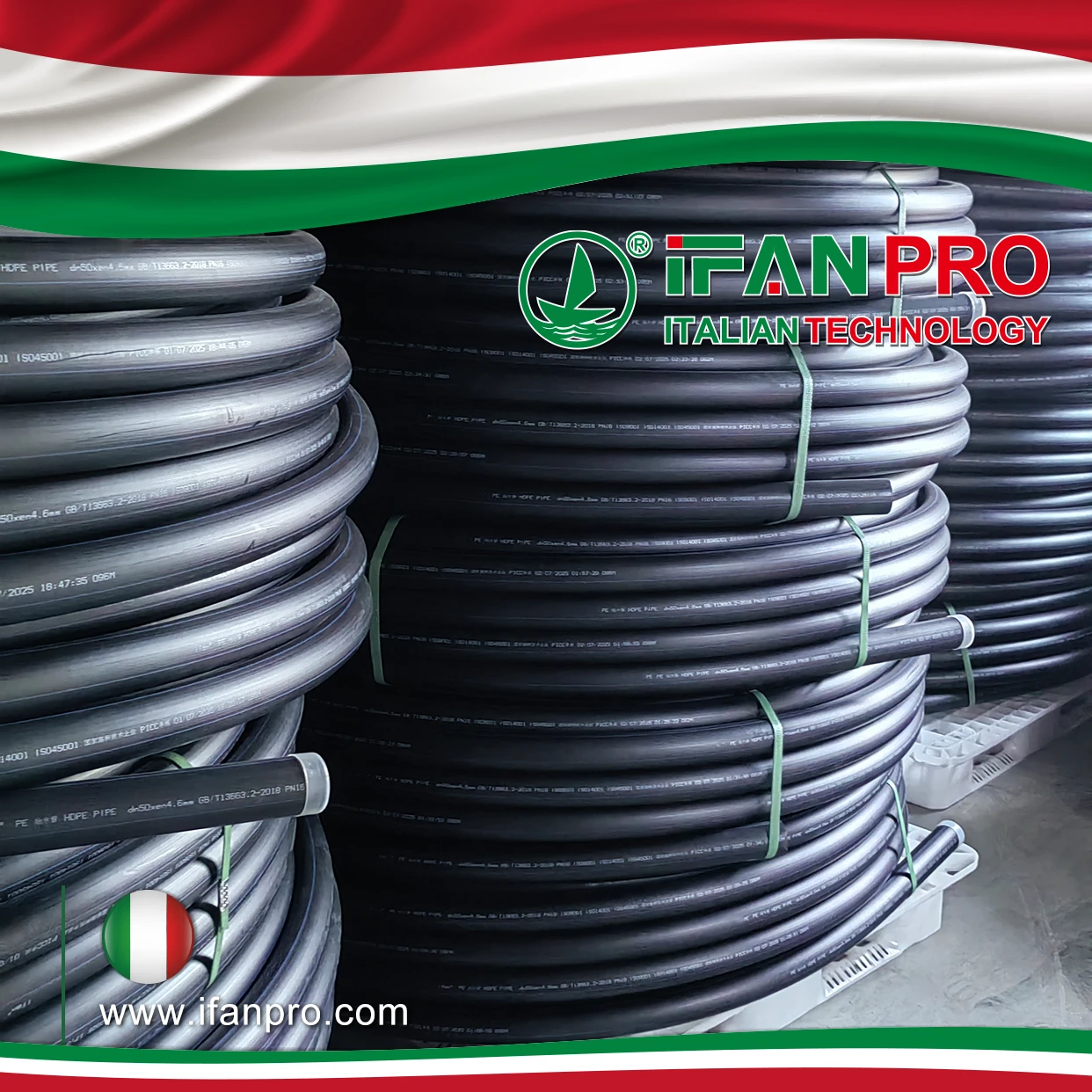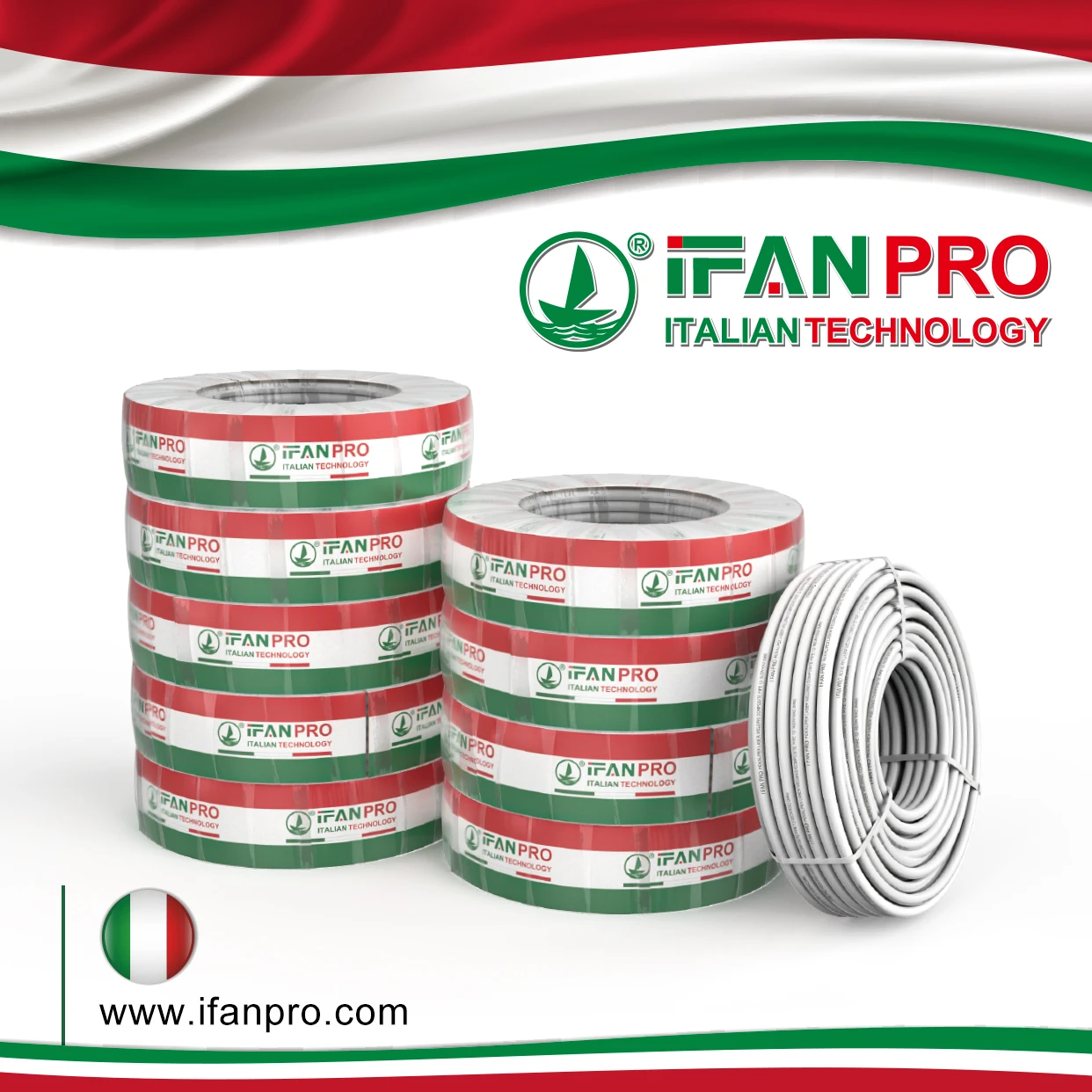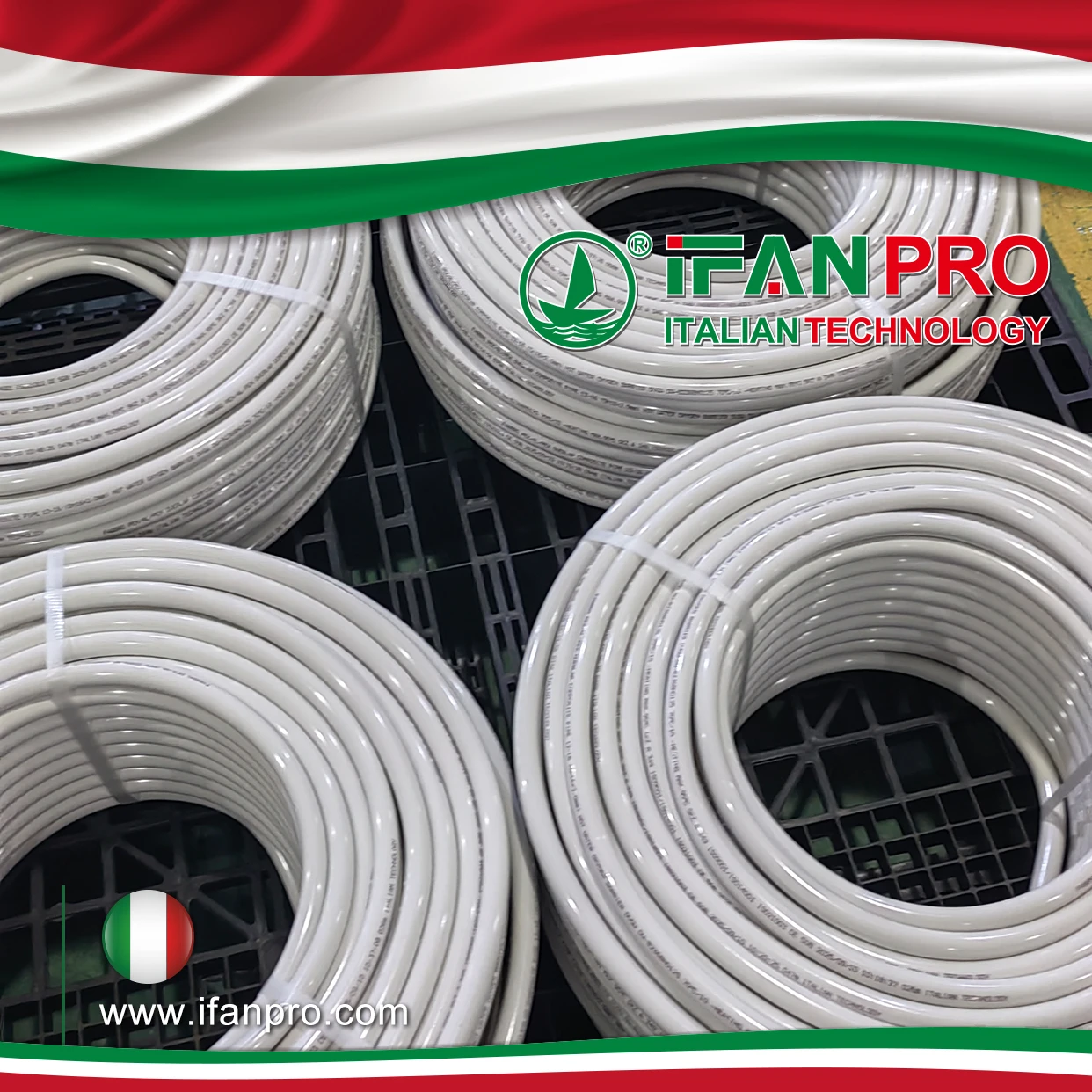During a chemical plant retrofit, I watched workers replace corroded stainless steel fittings for the third time in five years while the HDPE sections from the original installation remained pristine. This stark contrast convinced me that HDPE’s material properties offer decisive advantages where metals consistently fail.
HDPE fittings outperform metal alternatives through superior corrosion resistance, leak-proof fusion joints, lower installation costs, and exceptional chemical/abrasion resistance. The monolithic fused joints eliminate leakage points that plague mechanical connections, while HDPE’s inert nature withstands aggressive chemicals that rapidly degrade metal systems.
The material science behind HDPE reveals why it has become the preferred choice for demanding applications worldwide. Let’s examine the specific advantages that make HDPE fittings increasingly replace traditional metal options.
How Does HDPE Resist Corrosion Better Than Metal in Harsh Environments?
I recently inspected a 15-year-old HDPE mining slurry system that showed no corrosion despite handling highly abrasive and acidic materials. Parallel stainless steel sections installed simultaneously had required three complete replacements during the same period, demonstrating HDPE’s remarkable durability.
HDPE resists corrosion because it’s chemically inert and non-conductive, eliminating both galvanic and chemical corrosion mechanisms that destroy metals. The material withstands pH levels from 1-14 without degradation, while metals corrode through electrochemical reactions, oxidation, and galvanic coupling in similar conditions.

Corrosion Mechanisms Comparison
Understanding why HDPE doesn’t corrode explains its advantage:
Electrochemical Immunity
Unlike metals, HDPE:
- Doesn’t conduct electricity, preventing galvanic corrosion
- Has no free electrons to participate in oxidation reactions
- Won’t form galvanic couples with other materials
- Remains unaffected by stray electrical currents
Chemical Inertness
HDPE’s molecular structure provides:
- No reactive sites for chemical attachment
- Resistance to solvent attack
- Stability across extreme pH ranges
- Immunity to microbiologically influenced corrosion
Environmental Stress Resistance
HDPE maintains integrity where metals fail:
- No stress corrosion cracking
- Immunity to hydrogen embrittlement
- Resistance to erosion-corrosion
- Unlimited service life in submerged applications
Performance Data Comparison
Long-term testing reveals dramatic differences:
| Medio ambiente | HDPE Performance | Stainless Steel Performance | Carbon Steel Performance |
|---|---|---|---|
| Seawater | 50+ years (estimated) | 15-25 years | 5-10 years |
| Acidic mine water | 20+ years (documented) | 3-7 years | 1-3 years |
| Chlorinated water | No effect | Pitting corrosion | Rapid failure |
| Soil burial | 100+ years (estimated) | 15-30 years | 5-15 years |
The mining industry’s adoption of HDPE for tailings and process lines demonstrates this superior performance, with systems lasting decades where metals failed in years.
What Installation Advantages Make HDPE Fittings More Cost-Effective Than Metal?
We completed a 2,000-foot HDPE pipeline crossing in three days—a project that would have taken three weeks with steel. The labor savings alone exceeded the material cost difference, proving that installation efficiency often outweighs initial material pricing.
HDPE installation costs 30-50% less than metal systems due to lighter weight enabling manual handling, faster fusion joining versus welding/threading, minimal equipment requirements, and reduced crew size. The combined material and labor savings make HDPE dramatically more economical despite sometimes higher raw material costs.
Installation Efficiency Factors
Multiple elements contribute to cost savings:
Weight and Handling Advantages
HDPE’s light weight transforms installation:
- 8-inch HDPE pipe weighs 90% less than steel equivalent
- No heavy equipment needed for placement
- Smaller crews can handle large diameters
- Safety incidents reduced by 60% in our projects
Joining Speed Comparison
Fusion joining outperforms metal connections:
- Butt Fusion: 5-10 minutes per joint
- Socket Fusion: 1-2 minutes per joint
- Steel Welding: 30-60 minutes per joint
- Threading: 15-20 minutes per joint
Equipment and Labor Requirements
Simpler equipment reduces costs:
- Fusion machines versus welding rigs
- No welding certifications required
- Minimal surface preparation
- Lower skilled labor sufficient
Total Cost Analysis
Considering only material costs misses the true economic picture:
| Cost Factor | HDPE System | Steel System | Savings Advantage |
|---|---|---|---|
| Material Cost | Moderate | Low to Moderate | Variable |
| Labor Cost | 30-50% less | Higher skilled labor | HDPE |
| Equipment Cost | Low | High | HDPE |
| Installation Time | 50-70% faster | Slower process | HDPE |
| Maintenance Cost | Minimal | Regular painting/replacement | HDPE |
The total installed cost typically favors HDPE despite sometimes higher material costs, with the advantage growing as project size increases.
How Do Fused HDPE Joints Prevent Leaks Compared to Threaded Metal Connections?
I pressure-tested a fused HDPE pipeline that held perfect pressure for 24 hours, while a threaded steel system with the same specifications developed 13 leaks at threaded connections during initial testing. The difference in reliability was astonishing.
Fused HDPE joints prevent leaks by creating monolithic, homogeneous connections stronger than the pipe itself, while threaded metal connections rely on secondary sealing methods that fail over time. The fusion process eliminates potential leak paths by molecularly bonding the materials into a single continuous piece.
Fusion Technology Explained
The science behind fused joints ensures reliability:
Butt Fusion Process
This method creates perfect joints through:
- Heated plates melting pipe ends simultaneously
- Hydraulic pressure forcing melted ends together
- Molecular entanglement during cooling
- Joint strength exceeding pipe strength
Socket Fusion Simplicity
For smaller diameters, socket fusion:
- Uses heated tooling to melt fitting and pipe surfaces
- Creates deep penetration fusion zones
- Provides self-aligning joint configuration
- Maintains smooth interior surfaces
Electrofusion Precision
Prefabricated electrofusion fittings:
- Contain integrated heating elements
- Provide consistent fusion quality
- Allow fusion in confined spaces
- Create reliable branch connections
Leak Prevention Comparison
The fundamental difference in joint integrity explains performance:
Threaded Connection Failure Modes
Metal threading creates multiple failure points:
- Thread galling and stripping during assembly
- Sealant degradation over time
- Differential expansion breaking seals
- Vibration loosening connections
- Corrosion attacking thread roots
Fused Joint Reliability
Molecular fusion eliminates these issues:
- No mechanical stress concentrations
- Homogeneous material throughout
- Equal corrosion resistance across joint
- Flexibility accommodating movement
- No sealants to degrade or fail
Performance Data
Testing reveals dramatic differences in reliability:
| Performance Metric | Fused HDPE Joints | Threaded Metal Joints |
|---|---|---|
| Leak Rate per 100 Joints | 0-1% | 5-15% |
| Pressure Cycling Resistance | 1,000,000+ cycles | 10,000-50,000 cycles |
| Maintenance Frequency | None required | Annual inspection/tightening |
| Vida útil | 50+ years | 10-20 years |
The mining and water industries have largely standardized on fused HDPE systems specifically for their leak-free performance in critical applications.
Why Does HDPE Outperform Metal in Chemical and Abrasion Resistance Applications?
A hydrochloric acid loading system we converted from Hastelloy to HDPE lasted eight times longer while costing 75% less. The HDPE showed minimal wear after five years of continuous service, while the exotic metal system required quarterly component replacements.
HDPE outperforms metals in chemical and abrasion applications because its smooth, non-stick surface minimizes particle adhesion while its chemical inertness resists attack from acids, bases, and solvents. Metals abrade through mechanical wear and corrode through chemical reaction, while HDPE’s viscoelastic properties allow it to absorb impact and resist material removal.
Abrasion Resistance Mechanisms
HDPE’s molecular structure provides exceptional wear resistance:
Surface Smoothness Advantage
HDPE’s ultra-smooth surface:
- Reduces friction coefficients significantly
- Minimizes particle adhesion and scratching
- Maintains hydraulically efficient flow
- Prevents scaling and buildup
Flexibility and Impact Absorption
Unlike brittle metals, HDPE:
- Flexes under impact without permanent deformation
- Returns to original shape after loading
- Absorbs energy through elastic deformation
- Resists cracking and fracture
Abrasion Test Results
Standard testing shows HDPE’s superiority:
| Test Method | HDPE Performance | Carbon Steel Performance | Stainless Steel Performance |
|---|---|---|---|
| ASTM D256 Izod Impact | No break | 20-50 ft-lb/in | 30-80 ft-lb/in |
| Taber Abrasion (mg loss) | 10-20 | 100-200 | 50-100 |
| Slurry Test (mm/year) | 0.1-0.5 | 5-15 | 2-6 |
Chemical Resistance Performance
HDPE’s chemical inertness provides broad compatibility:
Acid and Base Resistance
HDPE handles:
- Hydrochloric acid at all concentrations
- Sulfuric acid up to 80% concentration
- Sodium hydroxide at all concentrations
- Ammonium hydroxide solutions
Solvent and Organic Resistance
HDPE demonstrates excellent resistance to:
- Alcohols, ketones, and esters
- Oils and greases
- Salt solutions and brines
- Oxidizing agents in moderate concentrations
Temperature Considerations
While HDPE has lower temperature limits than metals:
- Most chemical resistance remains stable to 140°F
- Special grades available for higher temperatures
- No sudden failure modes like metal stress corrosion
Application-Specific Advantages
Different industries benefit from HDPE’s properties:
Mining and Mineral Processing
- Slurry lines last 5-10 times longer than metal
- Acid leach systems show virtually no wear
- Tailings lines resist abrasion and corrosion
Chemical Processing
- Acid waste systems outlast exotic metals
- Chemical distribution requires no lining
- No contamination of sensitive products
Water and Wastewater
- No corrosion products affecting water quality
- Resistance to disinfectants and coagulants
- Long service life in aggressive environments
Conclusión
HDPE fittings provide superior performance over metal alternatives through inherent corrosion resistance, cost-effective installation, leak-proof fused joints, and exceptional chemical/abrasion resistance, making them the optimal choice for demanding applications where metals consistently fail. The total lifetime cost advantage combined with reliability makes HDPE the preferred material across multiple industries.













Comentarios recientes